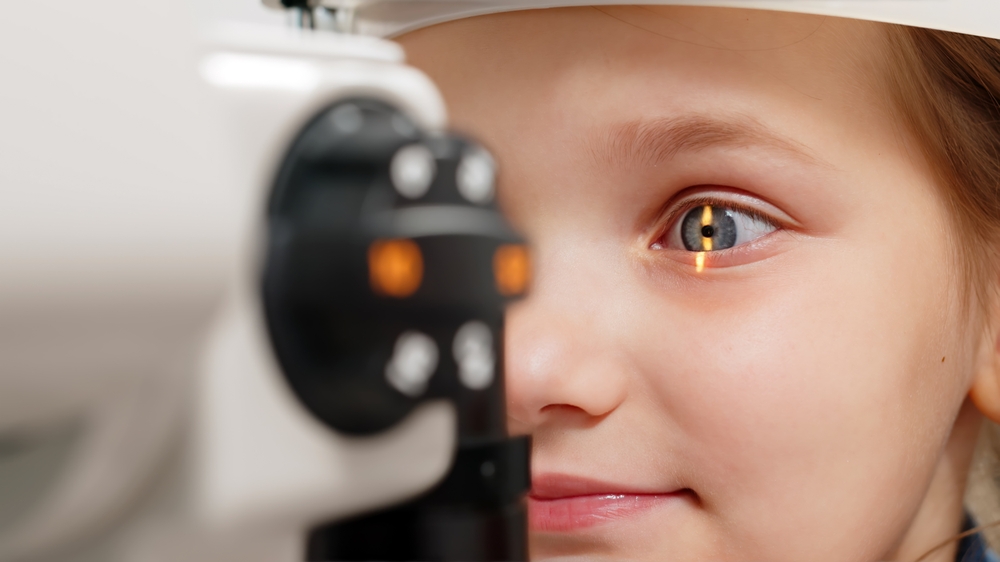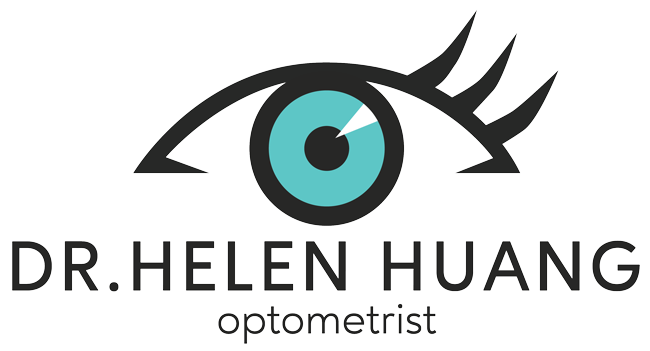
Vision plays a crucial role in every child’s development. From the moment they begin to interact with their surroundings, sight is key in helping them learn, grow, and explore. However, not all children start life with perfect vision, and certain eye conditions can affect their ability to thrive. This is why pediatric eye exams are so essential—they provide a proactive way to detect and address vision issues that might otherwise go unnoticed.
The Role of Vision in Development and Learning
Children rely heavily on their vision to learn about the world. Whether it's recognizing shapes, colors, letters, or faces, clear sight is fundamental to their growth. Studies show that about 80% of what a child learns in their early years is processed through their visual system. When vision problems are undiagnosed, it can lead to difficulties in reading, learning, and even social interactions. Pediatric eye exams are designed to catch these issues early, setting the stage for better academic and social development.
Common Eye Conditions in Children
Several eye conditions commonly affect children, and many of these issues are treatable, especially if caught early:
Amblyopia (Lazy Eye): When one eye doesn’t develop clear vision, the brain may favor the stronger eye, leading to weakened vision in the other.
Strabismus (Crossed Eyes): This condition occurs when the eyes are misaligned and don’t work together, causing double vision or depth perception issues.
Refractive Errors: Nearsightedness, farsightedness, and astigmatism are common refractive errors that affect the ability to see clearly at various distances.
Convergence Insufficiency: This condition affects how the eyes work together up close, impacting reading ability and potentially causing headaches or eye strain.
The Importance of Pediatric Eye Exams in Early Detection
The purpose of a pediatric eye exam is to ensure a child’s vision is on track and identify any issues as early as possible. During these exams, Dr. Helen Huang will assess the child’s vision, eye alignment, and overall eye health. By doing so, we can detect conditions like amblyopia or strabismus, which respond best to treatment when diagnosed early. Pediatric eye exams not only help ensure your child’s immediate visual comfort but also set the foundation for long-term visual health, supporting their academic and social development.
Signs and Symptoms of Vision Problems in Children
Because young children may not recognize or communicate vision issues, it’s important to watch for signs that might indicate a problem:
Frequent squinting or tilting the head
Difficulty reading or holding books very close
Complaints of headaches or eye strain
Short attention span during visual tasks
Covering one eye or closing one eye to see better
Excessive blinking or rubbing of the eyes
If you notice any of these symptoms, scheduling an eye exam can help identify any underlying conditions that may need attention.
When to Schedule Eye Exams
The American Optometric Association recommends that children have their first comprehensive eye exam at six months, followed by another at three years, and again before they start school. After that, school-age children should have an eye exam annually to track changes in vision as your child grows, helping them stay on track both in school and in life.
Partner with Dr. Helen Huang for Your Child’s Vision Health
Early eye exams are a key factor in supporting your child’s development and lifelong vision health. By scheduling regular exams with Dr. Helen Huang, you’re giving your child the best chance for clear vision and academic success.
If your child is due for a pediatric eye exam, contact Dr. Helen Huang to book an appointment and ensure they’re seeing their best. Visit our office in Fontana, California, or call (909) 355-3156 today.








